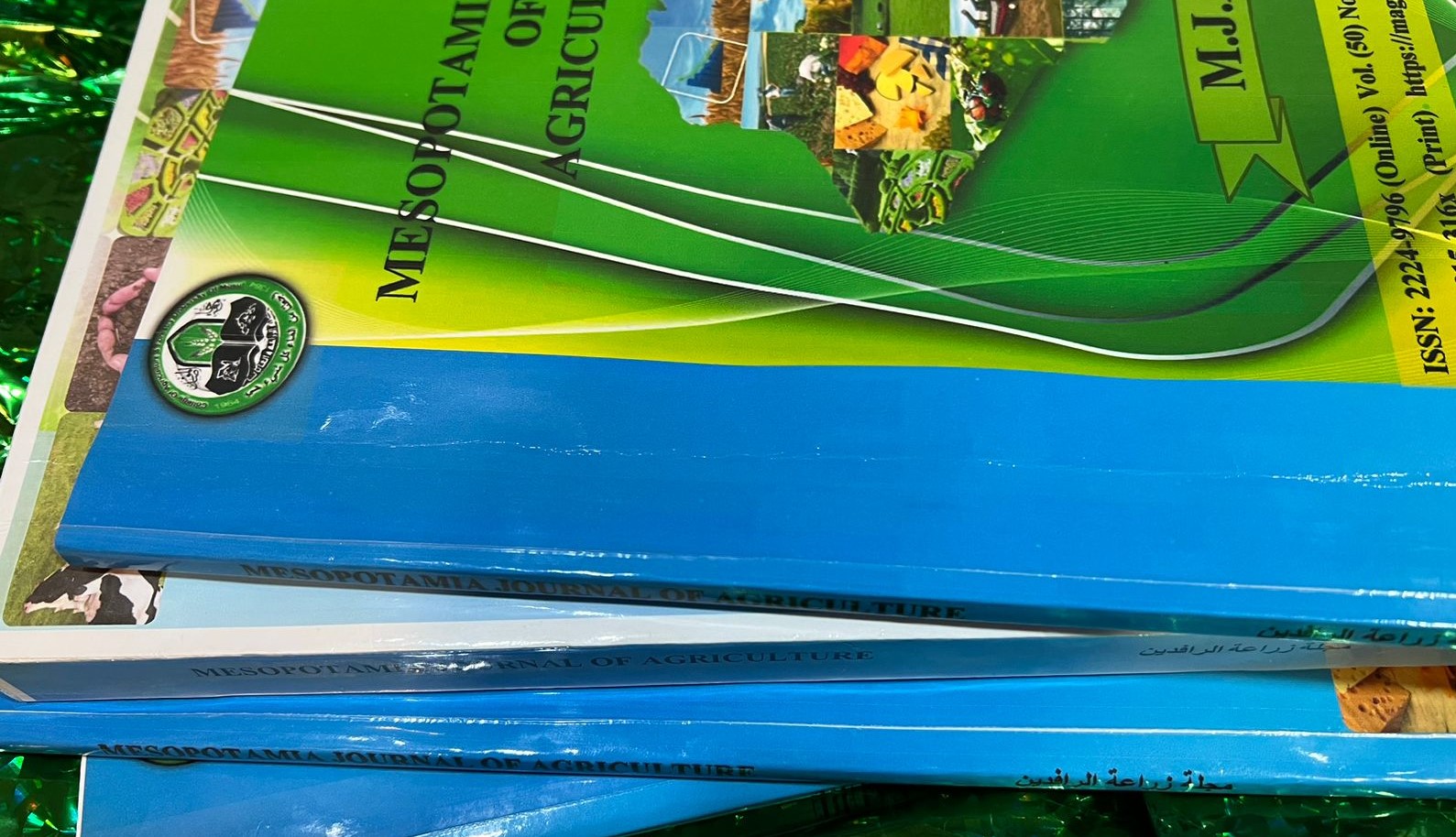Abstract: The study aimed to demonstrate the nutritional value of banana peels. The analysis of the chemical composition of banana peels showed that the percentage of moisture, fat, protein, ash, and carbohydrates reached 3.97, 2.90, 7.23, 9.07, and 76.83%, respectively. The total phenols in the ethanolic and methanolic extracts were 240.58 and 212.4 mg GAE/100 g, respectively, with an IC50 value of 2.39 µg/ml for banana peels. HPLC analysis revealed gallic acid, Rutin, Ferulic acid, Apigenin, Catechine, and Qurcetine in banana peels. They also contain vitamins (C, A, E, B6) and minerals (Na, P, Ca, Cu, Mg, K). Replacing cookies with different proportions of banana peels showed a change in the chemical estimates of its components. The percentages of moisture, fat, protein, ash, and carbohydrates ranged between (5.42 - 8.21) %, (23.62 - 23.87) %, (9.35 - 15.99) %, (4.39 - 5.90) %, and (50.33 -52.92) %, respectively. The substitution's effect on the cookie product's physical properties was (diameter 4.26-4.33 cm, thickness 1.45-1.62 cm, diffusion ratio 2.65-2.67). The antioxidant properties also increased significantly, as the total phenolic content ranged between 16.14−21.65 mg GAE/100 g, and the antioxidant activity ranged between 53.80−73.71% in the cookie product to which different concentrations of banana peel powder were added. Sensory evaluation of cookies with 5 and 7.5% banana peel powder revealed positive qualities.

